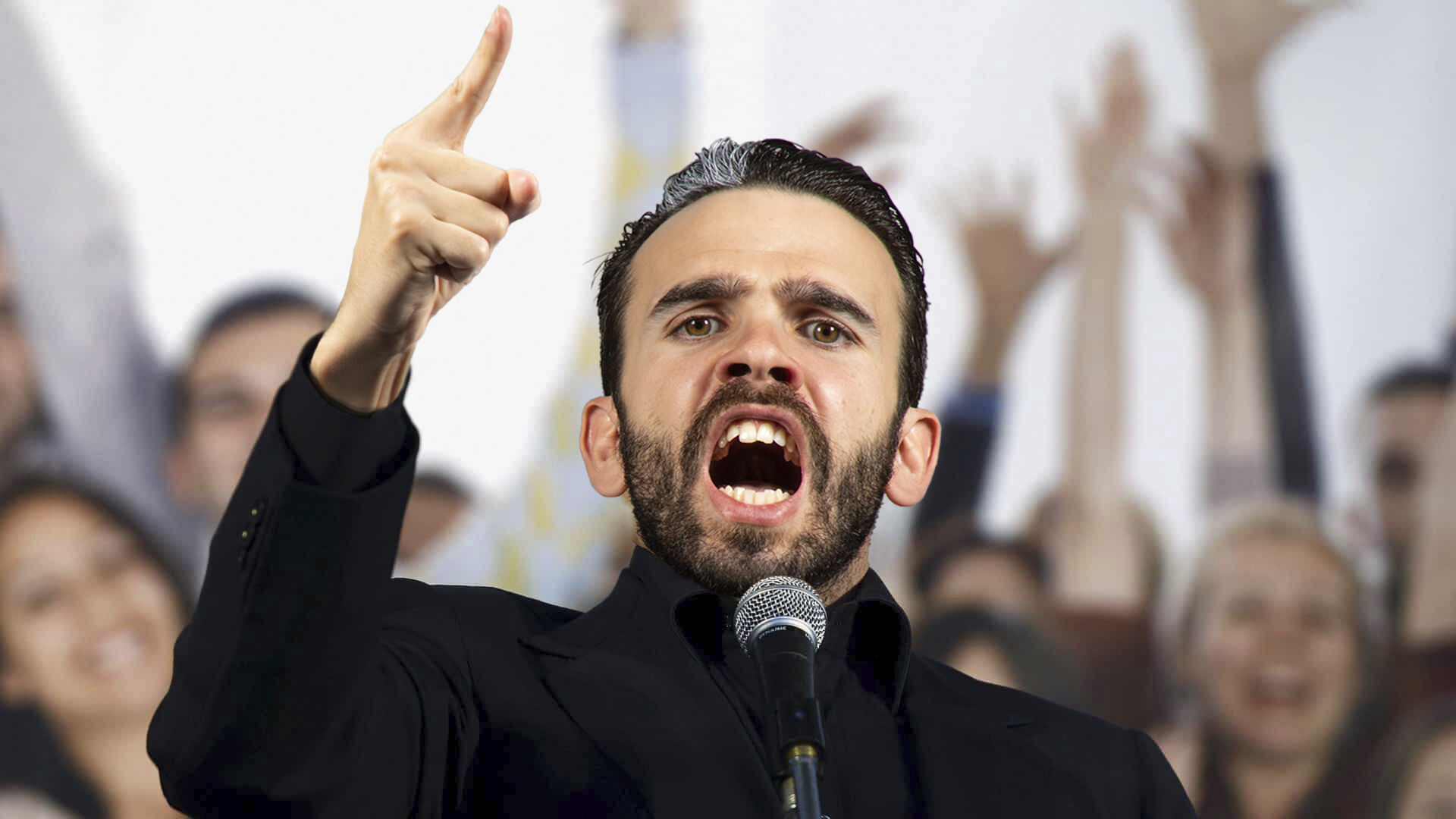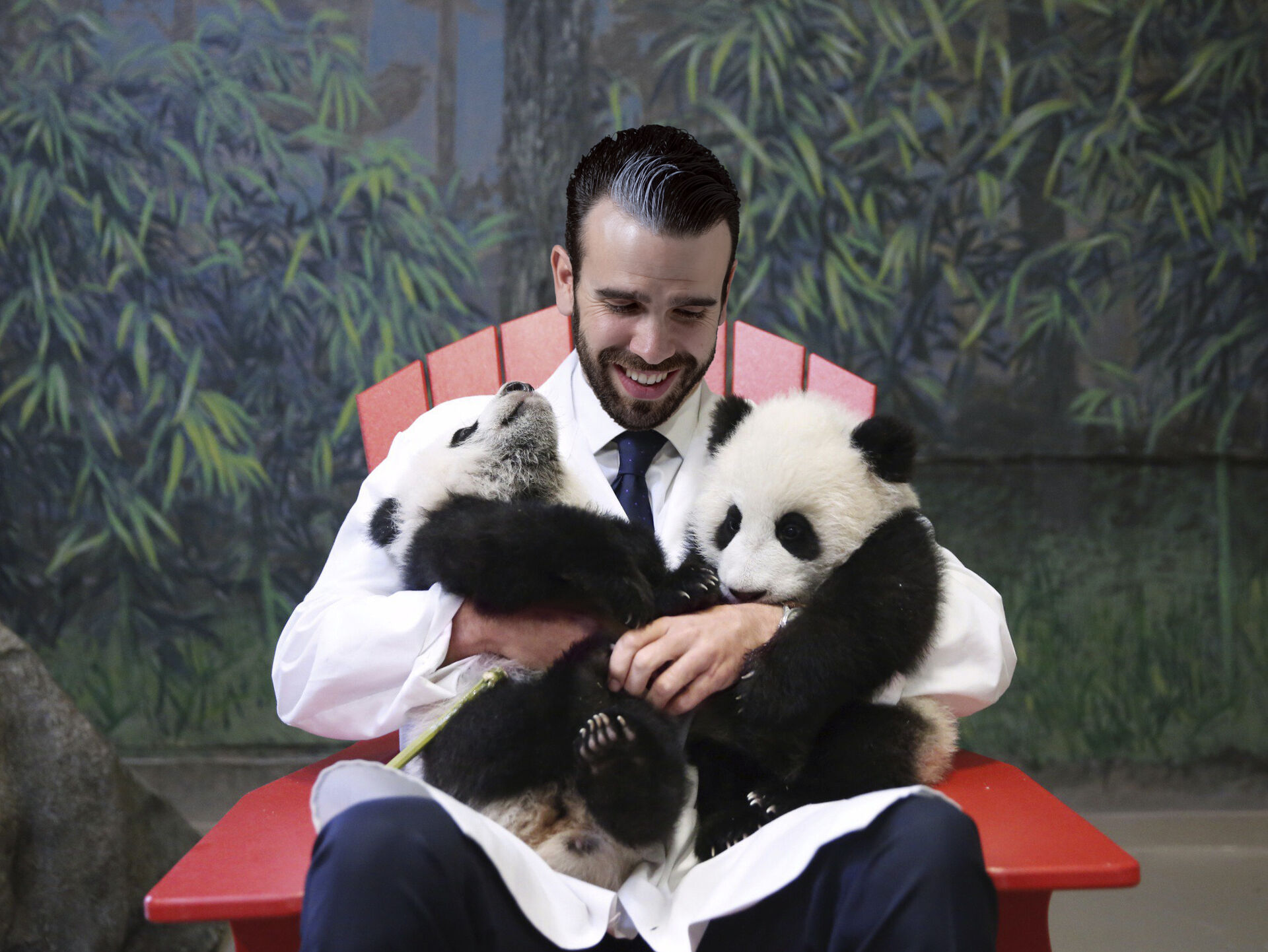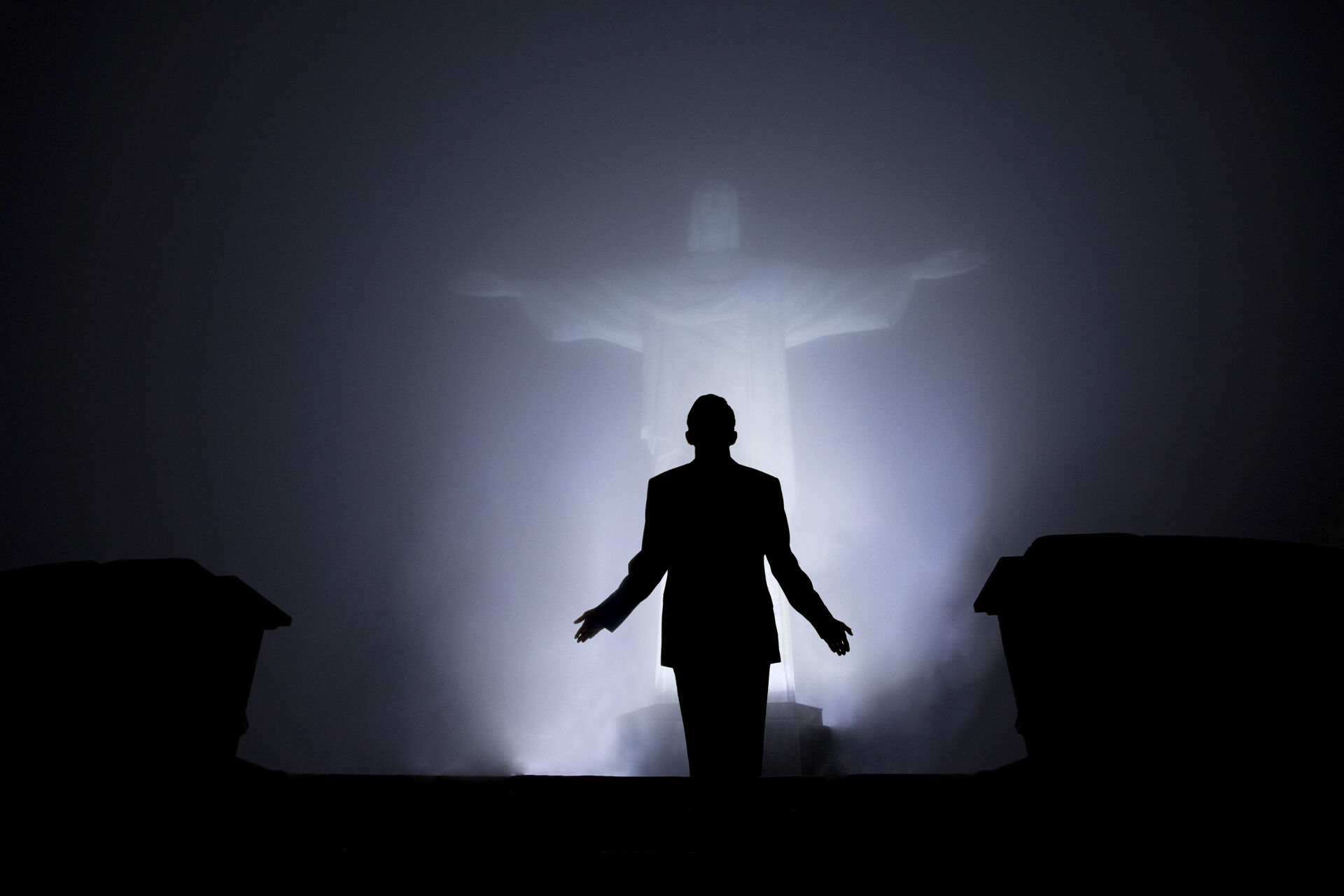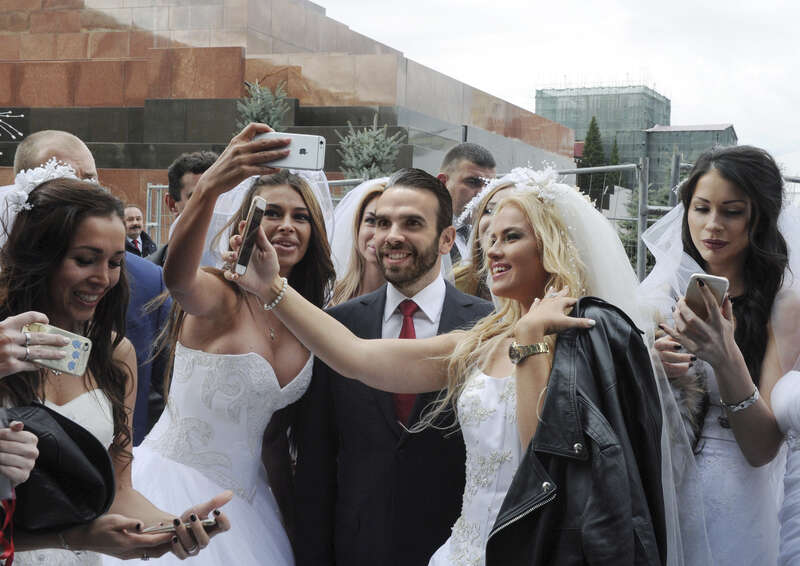
One of Yours: Presidential Candidate Daniel Mayrit Talks Images and Its Politics
Daniel Mayrit is a Spanish politician who, in 2008, initiated an eponymous political movement in Spain with the motto ‘One of Yours’. It has reached every corner of the world today. A firm believer in the power of images over words to convey messages and connect with people, Mayrit has made photography central to his political career. His social media profiles are his primary distribution channels, to the extent that some have wondered whether he stands as the first politician-turned-influencer, or the first influencer to ever lead a political party. What follows is a conversation about politics, images of politics, and the politics of images.
Raquel Villar-Pérez
21 mei 2023 • 10 min
Raquel Villar-Pérez: Let’s talk about the Mayrit movement. When and why did you feel the need to start a political movement?
Daniel Mayrit: Let’s say that for someone who is observant of the current political landscape, it’s easy to think that there are many political options in most national contexts, but for someone who was a teenager and developed his political vision in the ’80s and ’90s, this was not the case. There were only two options – red and blue, left and right – and in fact, they were very similar to one another. Besides, the system did not respond to the interests of the people but only to the interests of the political elites. I humbly believe that I was one of the first few to realize that this had to change.
It was inspiring to see that, at the time, some public figures, like Silvio Berlusconi, began to speak clearly and directly to people outside the usual system.
RVP: What is the scale and impact – local, national, global – of the Mayrit movement? How does that impact happen?
DM: I’m Spanish, and although I was educated abroad and my entire political career has developed in the international context, I feel closely linked to the politics of my country. When I returned to Spain after many years in London first and the United States after, I quickly realized that the Spanish political context was extremely parochial. Various political parties made me offers to join them, but none understood what the movement I had in mind was about. That’s why I decided to launch a movement of global reach capable of tackling issues much more important than an election here or a referendum there. It seems it worked, because years later, Steve Bannon himself, who was instrumental in the growth of the Mayrit movement, launched his own idea of global populism but focused on what he calls economic nationalism. Although it seems evident that things haven’t gone as well for him as they have for me.
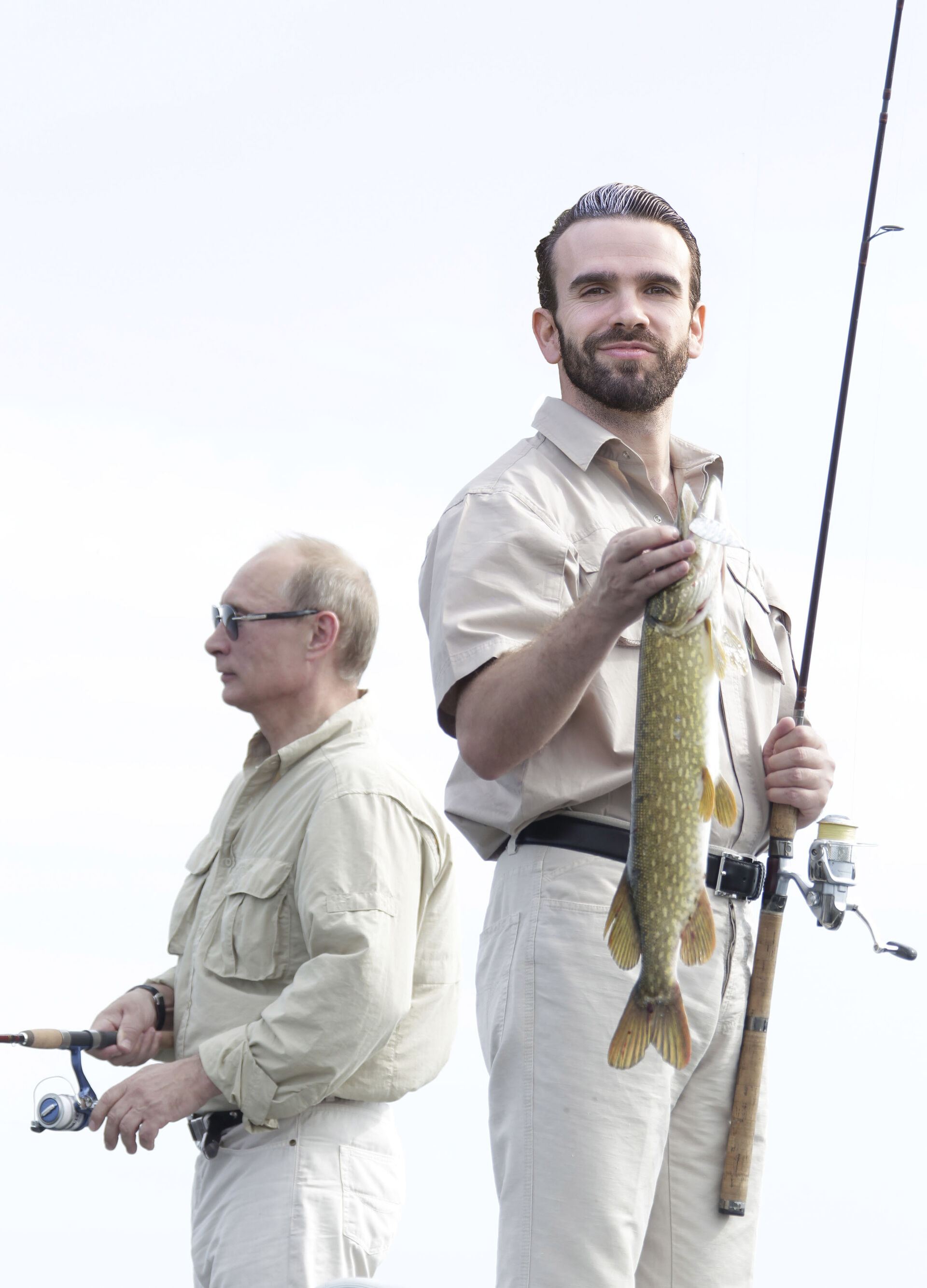
RVP: Can you be more specific? Perhaps contextualize what we’re talking about when we talk about global populism. What is the perspective that Steve Bannon gives it, and what is his notion of economic nationalism? Readers may not know who he is.
DM: Let’s say that my goal – which, as I said, was later copied by Bannon – is not to win an election in this or that country; it’s not to generate real political change. My project is much more ambitious, and over time it has consolidated itself as a network of national projects that share similar interests and objectives but that are applied to a local context and its specificities. My job is to preach those messages throughout the civilized world and embrace all those who want to join our mission.
Bannon’s problem is that he was obsessed with exporting to Europe the economic protectionism that he launched in the United States. That’s bullshit – it didn’t work in the 1930s and it doesn’t work now. Beyond putting nationalism against globalism, what the Western world needs is a force that is capable of retaking control of the world economy in the face of threats from China and the Middle East to ensure the prosperity of our people and the security of our values and our Christian culture.
RVP: The contemporary world is characterized by the movement of people, with societies becoming more multicultural, and an important element of each culture is its religion. When you appeal for ‘the security of our values and our Christian Europe’, you exclude those people who practice other religions. Are you putting forward protectionist nation-state policies? And to what extent should religion be kept out of politics?
DM: Let me tell you, first of all, that your question is misleading, and you’re trying to oppose concepts that do not exist.
We have been called all sorts of names in the media like your magazine, that only seek to release flashy headlines, even if twisted, so that people click on the news. If we do or say some things, we’re nationalists; if we do or say other things, we’re racist; and if we do the opposite, we’re populists.
Look, I’m telling you with resounding sincerity, there is no one more supportive than us, because solidarity is also at the core of the Christian tradition. We welcome with open arms everyone who wants to join our movement and come to our homes. But it’s common sense that to do so, they have to accept our rules of coexistence that have been in place for centuries. What is not acceptable is to let into your house anyone who comes to turn everything upside down. Would you do it in yours? We embrace globalism, but in an orderly way. Anyone who comes with proper papers and wants to be part of our culture will be welcomed. Now, if you don’t like our culture and our tradition, I don’t even understand why you would want to come either.
That is why the division between religion and politics is false. The question goes much further and affects our values as a society, and that’s why the progressive left is incapable of giving the answers and the certainties that our people need. I will give you one last example. The same progressive left that defends ferociously feminism remains silent when it comes to condemning the cultures that treat women like animals, covering them with veils and denying them the basic rights.
RVP: Let’s talk about your image. How do you manage the connotations of the photographs that are taken of you as a political leader and distributed by your communications team?
DM: I have always been passionate about art. Since I was little, I was fascinated by Hollywood and watched movies with my father. I loved going to museums and seeing those paintings of kings on their horses. I was fascinated by the world of advertising – the ability to convey a message with images and not with words has been present in my emotional education, so I guess it was just a matter of time before all that passion spilled over into my understanding of politics. At the beginning, I spent a lot of time building and caring for that image, but now for obvious reasons I can no longer do everything myself and I have the best team of people to do it. They are day and night looking after everything that is posted about me. I won’t mention names, but in our crew, we have photographers and editors who used to work for Vogue, Le Monde and Fox News, until they realized that working with me was much more fun. People rave about the photographic work Pete Souza did during the Obama years in the White House, but honestly, next to the work my team does, Souza looks like an apprentice.
RVP: Are there any specific images of your political campaign that you feel proudest of? Why?
DM: I suppose my campaign advisers and even my fans will disagree, but there is one that I especially like: I appear to be melting into a hug with a woman after a rally in the United States. It’s a very simple image, but it perfectly sums up people’s feelings and the spirit of this movement. On top of that, it’s irrefutable proof that our way of communicating is not at all prefabricated, as some of our haters would say. It’s nurtured by these spontaneous moments, in which people are at the centre stage, not me. The feeling that the hug conveys cannot be faked; it cannot be acted. It’s one hundred percent real.
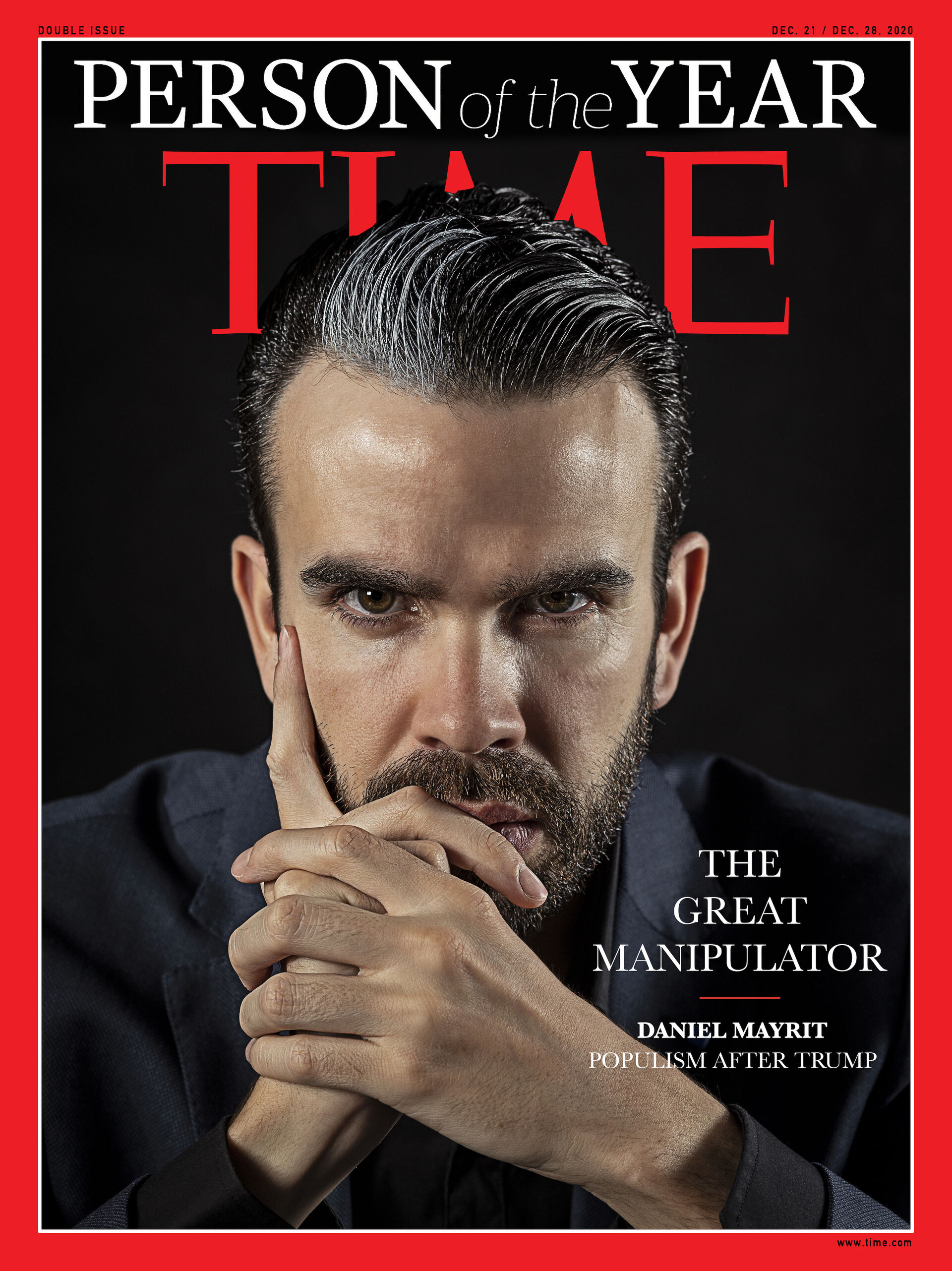
RVP: We’ve been talking about images that you have control over, but how do you manage the flurry of images of you, both positive and negative, not taken by your team, that are shared on social media?
DM: It may surprise you, but neither my team nor I pay much attention to all that buzz. The important thing is to be there where you need to be, and it’s normal for people to take photos in these situations, as a souvenir that proves that they were there with me! They have a good time with me, and I have a good time taking pictures with them. If among all that positive energy some crazy person sneaks in making memes with my face, well, it’s a small price to pay. I’ll tell you the truth, there are some hilarious ones. I also know how to laugh at myself – I think it goes with the job. It’s what being an icon of popular culture has to do (lol).
RVP: Have there been any instances where images shared on social media by others have damaged your campaign? If so, how?
DM: Not that I know of – I guess my team wouldn't tell me! (lol) But I think that’s impossible. Photos are important, but they’re just photos. What goes viral today has been forgotten tomorrow, and do you know whose fault it is? Socialist fake media like The Huffington Post that have lost their traditional values and have been carried away by the dictatorship of clickbait. What’s really important is the project, the message, and people get what they need first hand from me, without intermediaries that manipulate the information.
RVP: Your image has occupied the cover of printed media outlets such as Time and Esquire. What was the role these images had in relation to your political campaign?
DM: Those media contacted me for an interview, and I, of course, agreed to it. I know some people maintain that we want to manipulate the messages that the press share, but I even lend myself in good faith to appear on the cover of all those fake news media that constantly vilify us!
RVP: So do you think a politician can have complete control of their image?
DM: Well, I don’t think it’s possible, although there are certainly many who have tried. See, for instance, Obama, a puppet of Instagram and Twitter. It’s true that there are actors who have later become politicians, but he is a clear example of the opposite: a politician who has turned a reenactor of himself, a constant simulation. And let’s not forget, all of it is brought about by the mercenary Pete Souza. It’s a pity, really. He did a tremendous job during Reagan’s years in the White House but was seduced by the delusory glamour of the Obamas and ended up producing a permanent ad campaign with them. I don’t know what happened to him after the Obamas left office. I haven’t seen anything new from him for a long time.
RVP: Can images of politicians ‘manipulate’ social opinion?
DM: No one is going to tell you this as clearly as I am: images not only can manipulate, but they must. At least if they want to achieve what they’re aimed at.
For years, the liberal media and the representatives of the politically correct dictatorship have dedicated themselves to infantilizing people by saying that they were authentic and that the rest of us were the bad guys. This is not right. All images lie in some way or another, theirs and ours. Images are just one more tool – albeit a very powerful one – when it comes to building your message. And the problem with that caste of politicians is not whether their images lie or not, but what lies their messages hide. They’ve spent years saying one thing and doing the opposite. With me, that doesn’t happen, because everything we do is in the service of the people. Of course, my images are retouched and edited, but we do it so that my message reaches people in the best possible way, and that’s what really matters: that people understand the message I have for them and that they know this message is true and honest. What you see is what I am. It’s that simple.
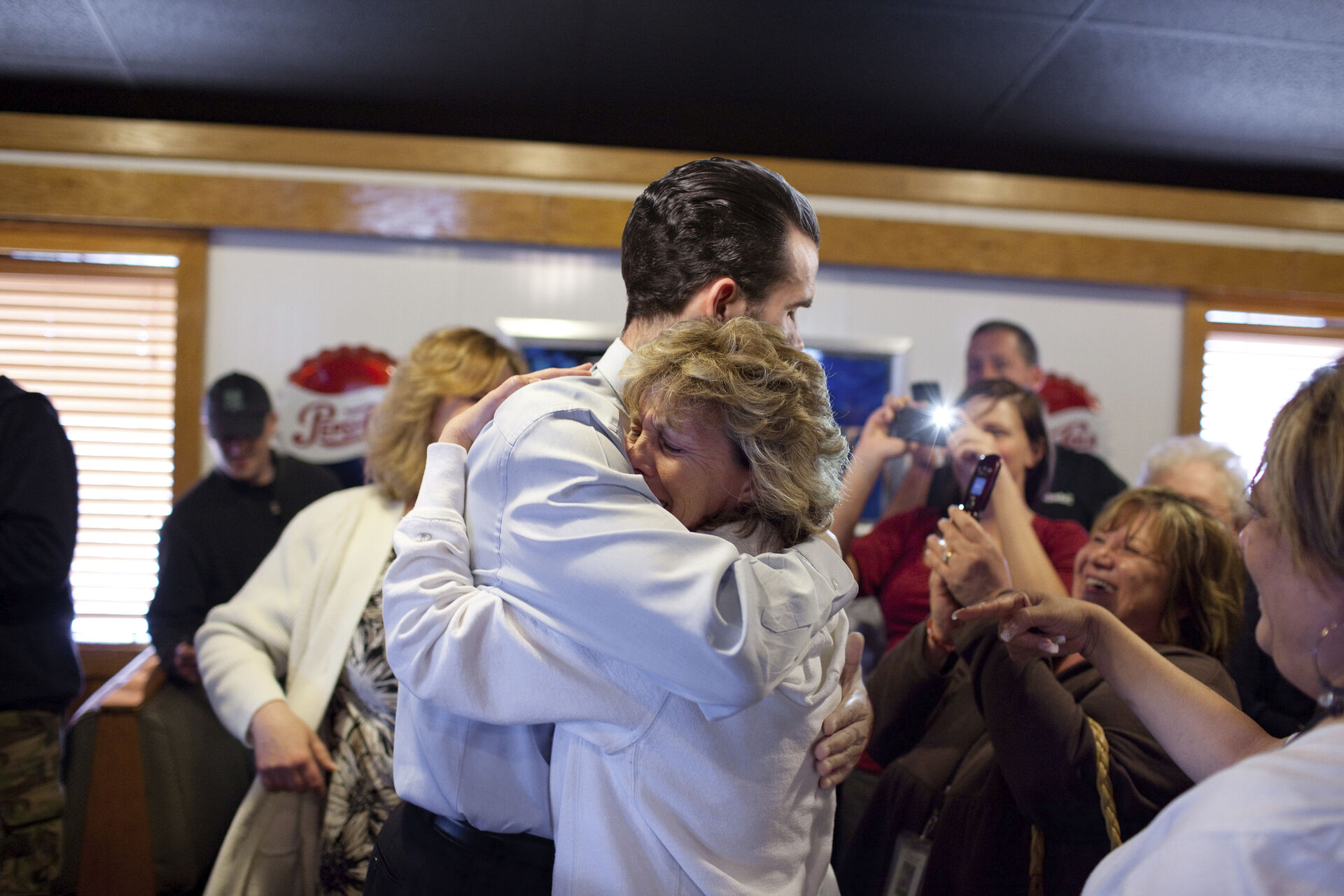
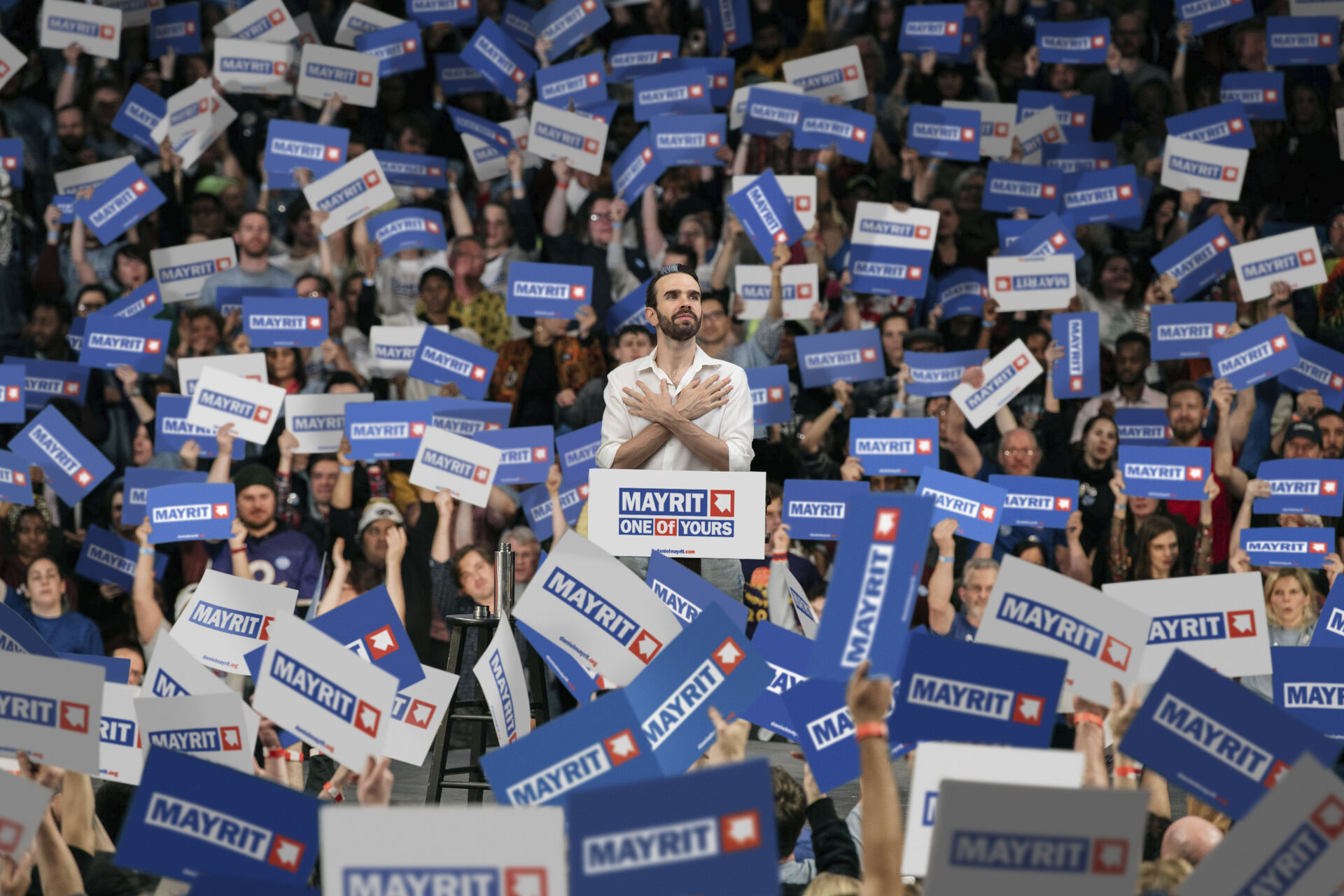
Note to the reader: One of Yours is the latest photographic project by the Spanish artist Daniel Mayrit, who impersonates a farce politician. Mayrit’s works engage with current political affairs using wit and sarcasm as a strategy that allows him to articulate his visual language. One of Yours is currently on show at The Photobook Museum in Cologne until 18 August 2023. www.danielmayrit.com | thephotobookmuseum.com/en/
